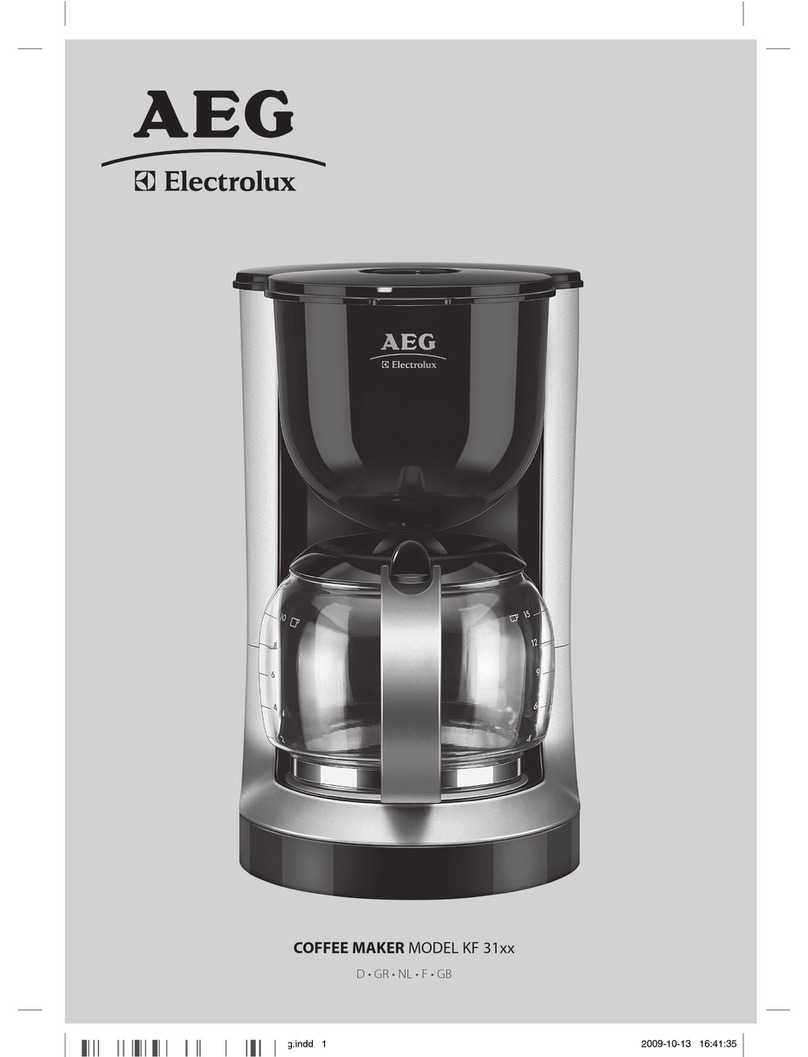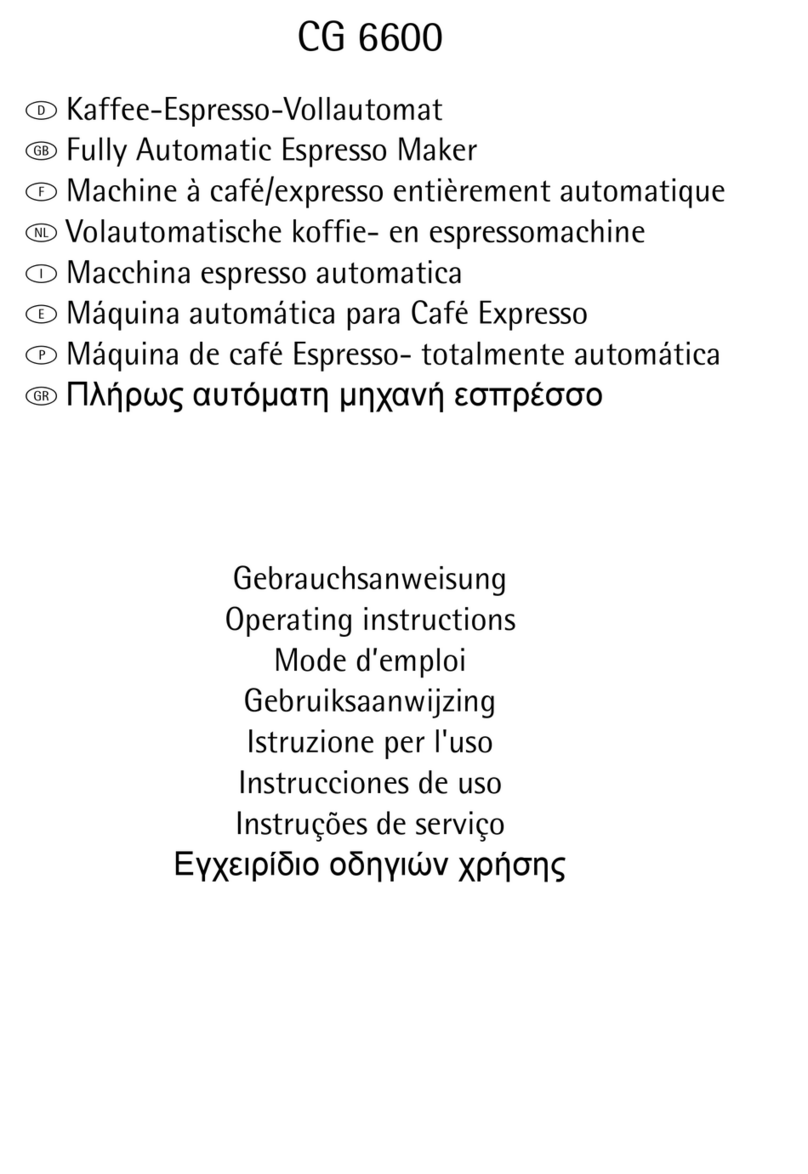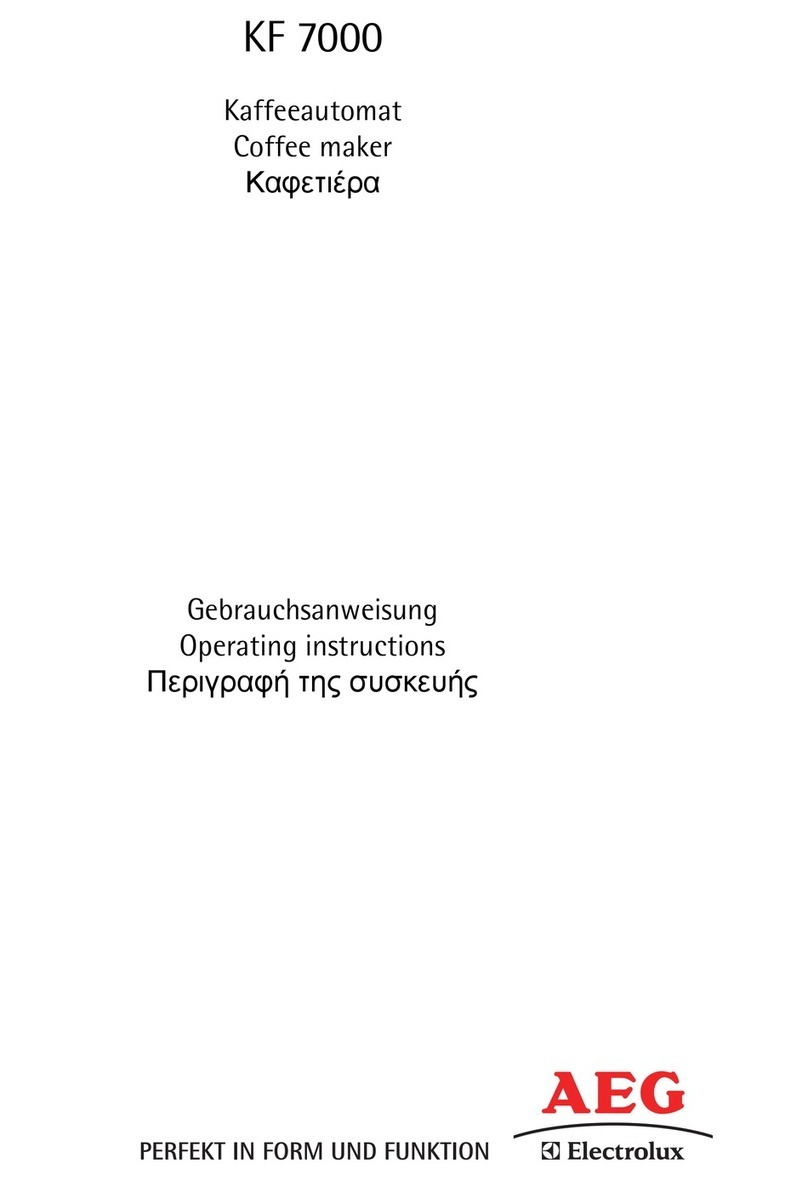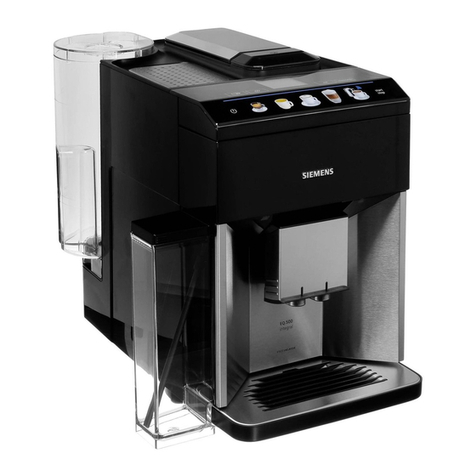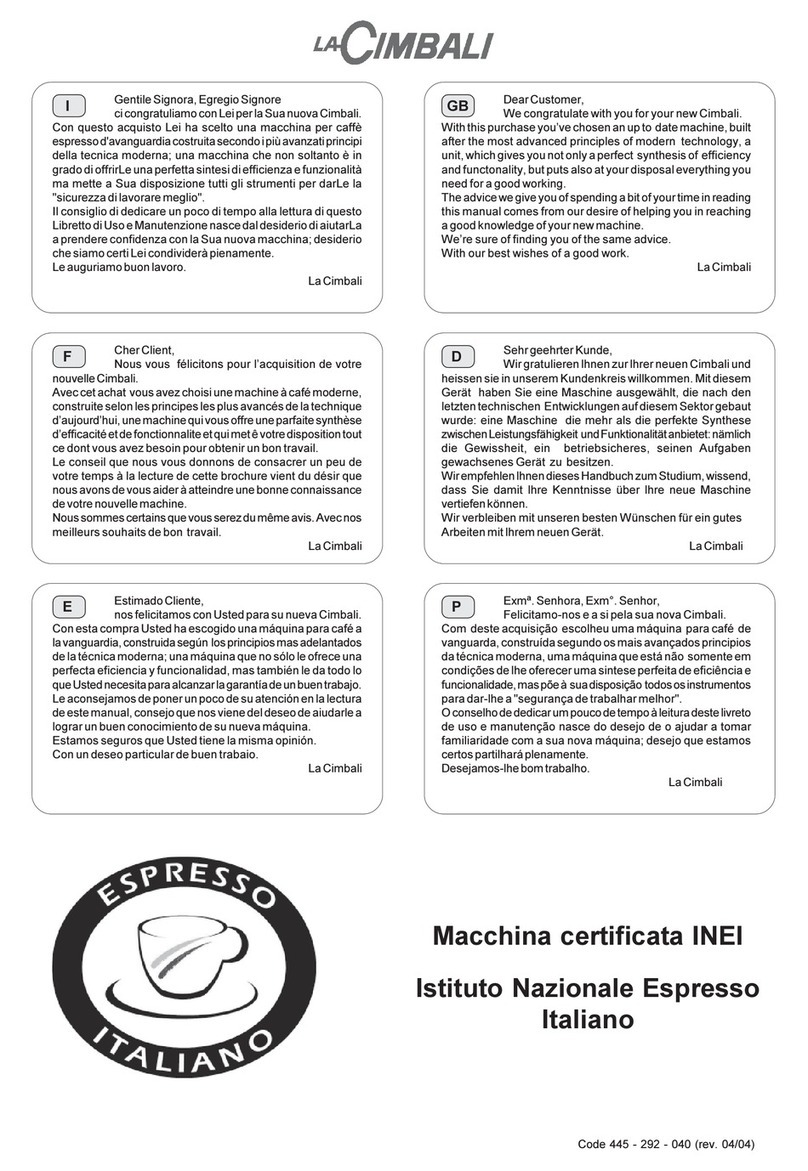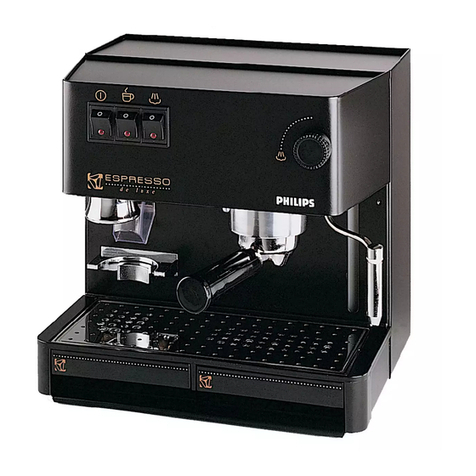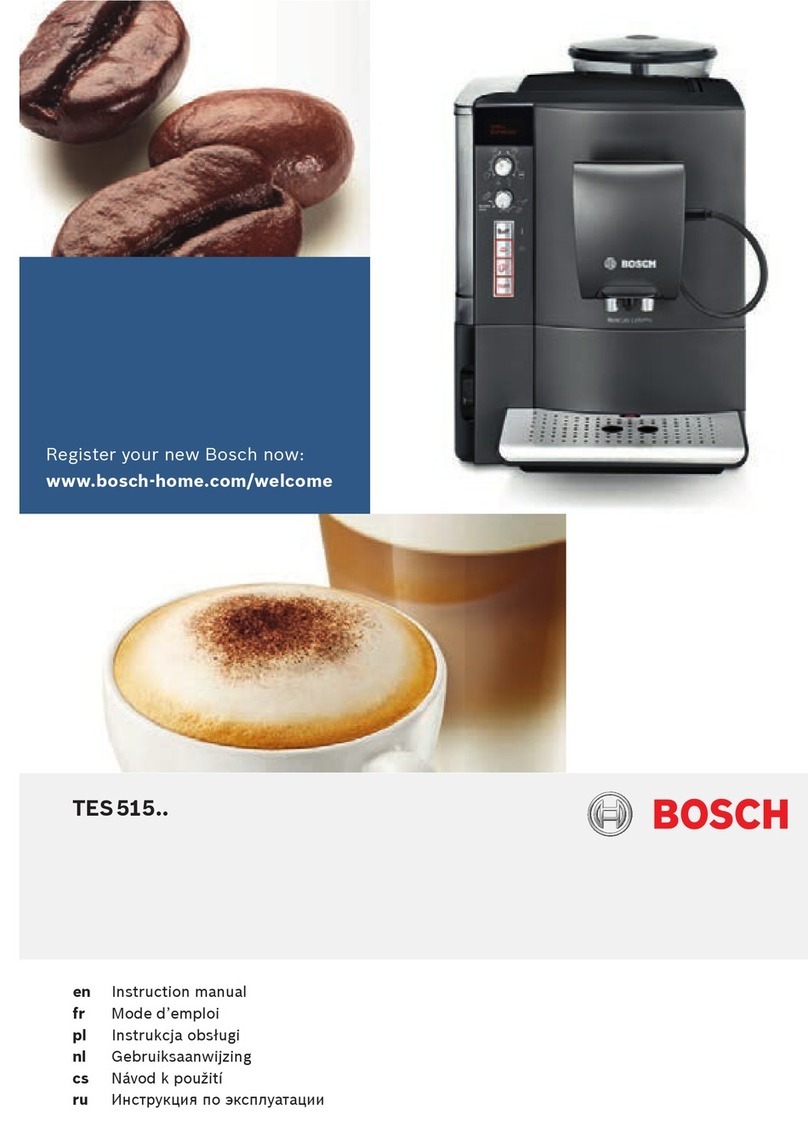6
CONTENTS
INTRODUCTION .........................7
Symbols used in these instructions ..........7
Letters in brackets .....................................7
Troubleshooting and repairs ......................7
SAFETY ...................................7
Fundamental safety warnings.....................7
Designated use...........................................8
Instructions ...............................................8
DESCRIPTION............................8
Description of the appliance .....................8
Description of the control panel .................8
Description of milk container and accesso-
ries.............................................................9
PRELIMINARY CHECKS ................9
Controls after transport .............................9
Installing the appliance...............................9
Connecting the appliance ...........................9
DISPOSAL................................9
BUILT-IN INSTALLATION .............10
USING THE APPLIANCE FOR THE
FIRST TIME ............................12
Installing the filter ...................................12
Replacing the filter ..................................13
Removing the filter ..................................13
TURNING ON AND HEATING UP ...13
MAKING COFFEE USING COFFEE
BEANS ..................................14
CHANGING THE QUANTITY OF
COFFEE IN THE CUP .................15
ADJUSTING THE COFFEE MILL ....15
MAKING ESPRESSO COFFEE WITH
PRE-GROUND COFFEE (INSTEAD OF
BEANS) ................................15
DELIVERING HOT WATER ............16
CHANGING THE QUANTITY OF HOT
WATER .................................16
MAKING CAPPUCCINO................17
CHANGING THE QUANTITY OF MILK
AND COFFEE FOR CAPPUCCINO . .18
Changing the quantity of milk...................18
Changing the quantity of coffee................18
MAKING A NUMBER OF CUPS OF
COFFEE WITH THE JUG FUNCTION 18
CHANGING JUG FUNCTION
PARAMETERS .........................19
CLEANING ..............................20
Cleaning the coffee maker .......................20
Cleaning the waste coffee container.........20
Cleaning the drip tray ...............................20
Cleaning the water tank ...........................20
Cleaning the spouts .................................20
Cleaning the pre-ground coffee funnel .....21
Cleaning the inside of the coffee maker....21
Cleaning the infuser ................................21
Cleaning the milk container......................22
Cleaning the coffee jug.............................22
CHANGING AND SETTING MENU PA-
RAMETERS .............................22
Setting the language ................................22
Rinsing ....................................................23
Changing the length of time the appliance
remains on ..............................................23
Setting the clock ......................................23
Setting auto-start time .............................23
Changing coffee temperature ...................24
Setting water hardness ............................24
Programming coffee ...............................24
Programming the jug ..............................24
Programming water .................................24
Descaling .................................................24
Resetting default values (reset) ...............25
Statistics ..................................................25
Buzzer .....................................................26
Adjusting contrast....................................26
Water filter ..............................................26
TURNING THE APPLIANCE OFF ....26
TECHNICAL SPECIFICATION .........26
DISPLAYED MESSAGES .............27
TROUBLESHOOTING ..................29


